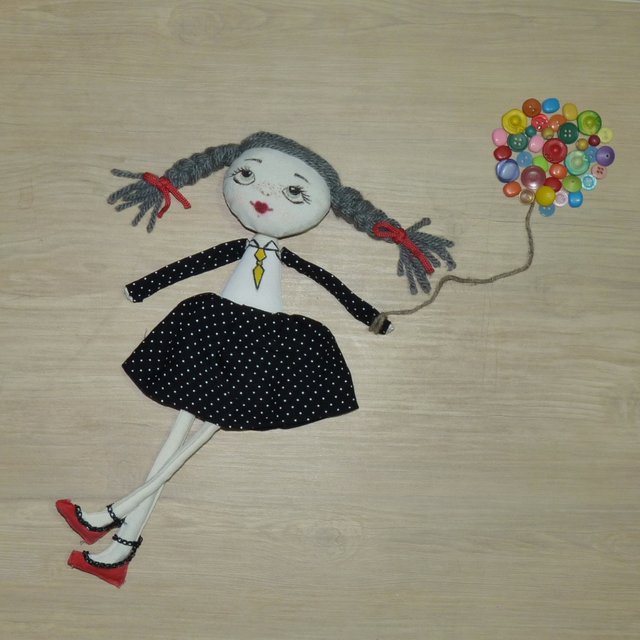Dream - Part 6
Hello steemit friends,
Its time to share another part of my search in google about dream,
hope you like it :x

In art
The depiction of dreams in Renaissance and Baroque art is often related to Biblical narrative. Examples are Joachim's Dream (1304–1306) from the Scrovegni Chapel fresco cycle by Giotto, and Jacob's Dream (1639) by Jusepe de Ribera. Dreams and dark imaginings are the theme of several notable works of the Romantic era, such as Goya's etching The Sleep of Reason Produces Monsters (c. 1799) and Henry Fuseli's painting The Nightmare (1781). Salvador Dalí's Dream Caused by the Flight of a Bee around a Pomegranate a Second Before Awakening (1944) also investigates this theme through absurd juxtapositions of a nude lady, tigers leaping out of a pomegranate, and a spider-like elephant walking in the background. Henri Rousseau's last painting was The Dream. Le Rêve ("The Dream") is a 1932 painting by Pablo Picasso.
In literature
Dream frames were frequently used in medieval allegory to justify the narrative; The Book of the Duchess and The Vision Concerning Piers Plowman are two such dream visions. Even before them, in antiquity, the same device had been used by Cicero and Lucian of Samosata.
They have also featured in fantasy and speculative fiction since the 19th century. One of the best-known dream worlds is Wonderland from Lewis Carroll's Alice's Adventures in Wonderland, as well as Looking-Glass Land from its sequel, Through the Looking-Glass. Unlike many dream worlds, Carroll's logic is like that of actual dreams, with transitions and flexible causality.
Other fictional dream worlds include the Dreamlands of H.P. Lovecraft's Dream Cycle[38] and The Neverending Story's[39] world of Fantasia, which includes places like the Desert of Lost Dreams, the Sea of Possibilities and the Swamps of Sadness. Dreamworlds, shared hallucinations and other alternate realities feature in a number of works by Philip K. Dick, such as The Three Stigmata of Palmer Eldritch and Ubik. Similar themes were explored by Jorge Luis Borges, for instance in The Circular Ruins.
In popular culture
Modern popular culture often conceives of dreams, like Freud, as expressions of the dreamer's deepest fears and desires. The film version of The Wizard of Oz (1939) depicts a full-color dream that causes Dorothy to perceive her black-and-white reality and those with whom she shares it in a new way. In films such as Spellbound (1945), The Manchurian Candidate (1962), Field of Dreams (1989), and Inception (2010), the protagonists must extract vital clues from surreal dreams.
Most dreams in popular culture are, however, not symbolic, but straightforward and realistic depictions of their dreamer's fears and desires.[41] Dream scenes may be indistinguishable from those set in the dreamer's real world, a narrative device that undermines the dreamer's and the audience's sense of security and allows horror film protagonists, such as those of Carrie (1976), Friday the 13th (1980) or An American Werewolf in London (1981) to be suddenly attacked by dark forces while resting in seemingly safe places.
In speculative fiction, the line between dreams and reality may be blurred even more in the service of the story. Dreams may be psychically invaded or manipulated (Dreamscape, 1984; the Nightmare on Elm Street films, 1984–2010; Inception, 2010) or even come literally true (as in The Lathe of Heaven, 1971). In Ursula K. Le Guin's book, The Lathe of Heaven (1971), the protagonist finds that his "effective" dreams can retroactively change reality. Peter Weir's 1977 Australian film The Last Wave makes a simple and straightforward postulate about the premonitory nature of dreams (from one of his Aboriginal characters) that "... dreams are the shadow of something real". In Kyell Gold's novel Green Fairy from the Dangerous Spirits series, the protagonist, Sol, experiences the memories of a dancer who died 100 years before through Absinthe induced dreams and after each dream something from it materializes into his reality. Such stories play to audiences' experiences with their own dreams, which feel as real to them.
To be continued..
Vincent Van Gogh:
In spite of everything I shall rise again: I will take up my pencil, which I have forsaken in my great discouragement, and I will go on with my drawing.
Have a great and happy day :)
Dear Artzonian, thanks for using the #ArtzOne hashtag. Your work is valuable to the @ArtzOne community. Quote of the week: Art, freedom and creativity will change society faster than politics. -Victor Pinchuk
Thank you :)
Posted using Partiko Android